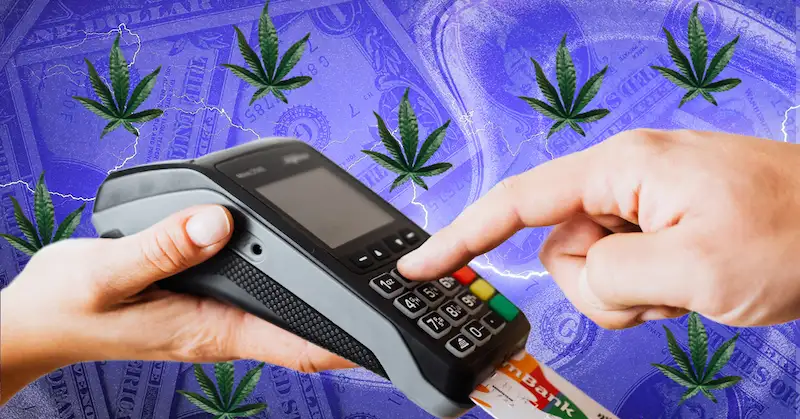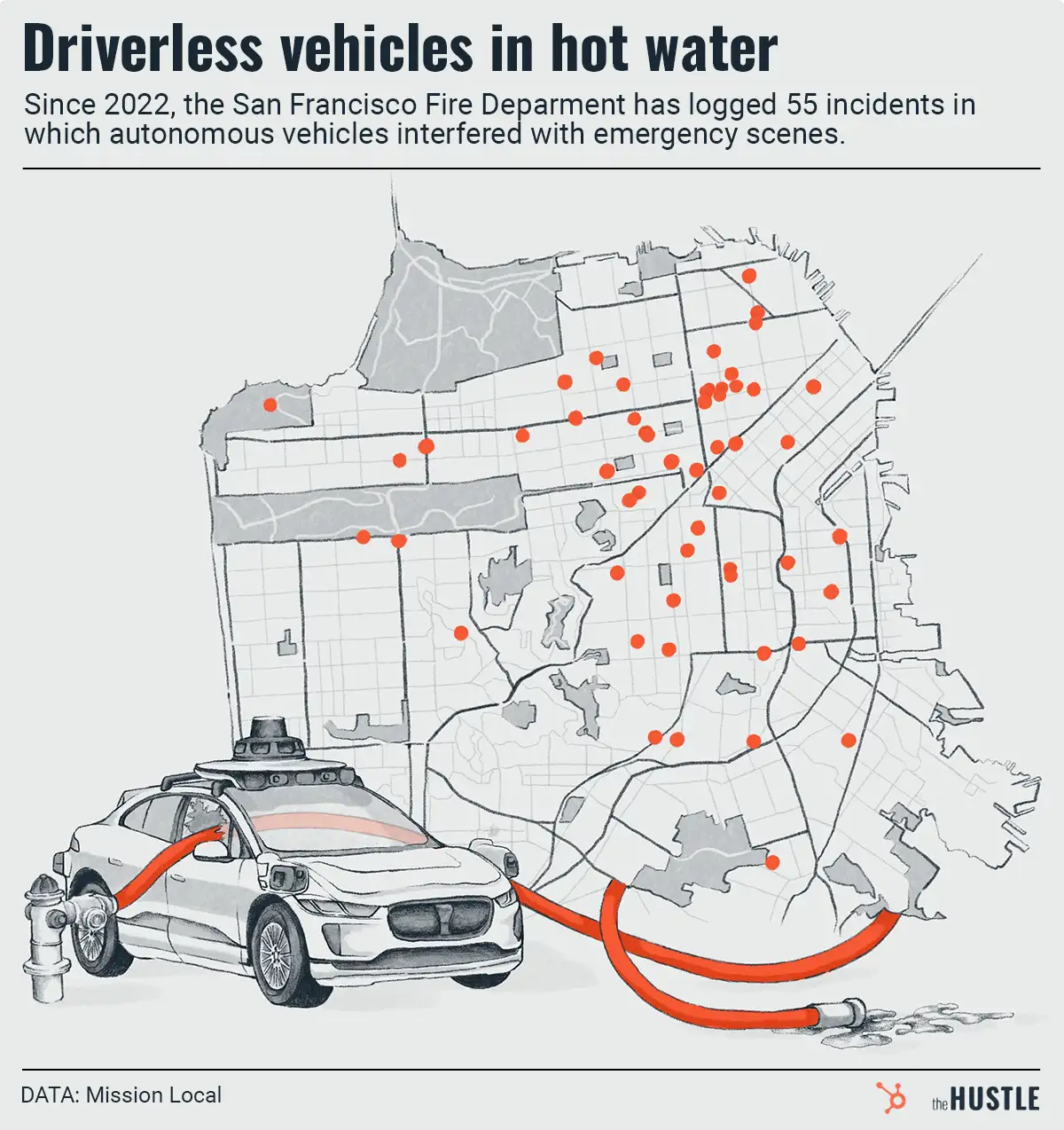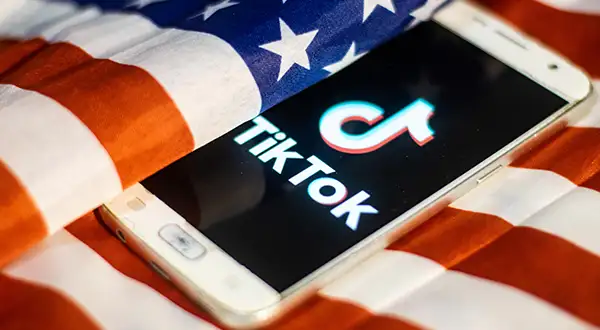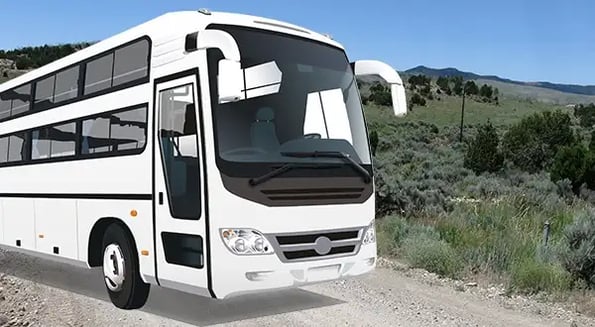School buses are trundling down the block in some US towns — but please don’t try to hop on board.
To reach students without stable WiFi at home, school districts in California, North Carolina, and Pennsylvania are sending buses equipped with long-distance routers to poor and rural neighborhoods.
One Texas school district keeps its buses in park from 8am to 2pm every weekday. The WiFi connection has a 200-ft reach, and families who lack stable internet access at home pull over in their cars to use it.
The tech world is humming with WiFi solutions
About 27% of Americans don’t have home broadband access, according to Pew. But now that home internet has become a requirement for many students and white-collar workers, local governments and companies are patching together emergency fixes:
- Libraries and government offices have adjusted or upgraded their routers to target the outdoors, making parking lots a hub of connectivity.
- In Baton Rouge, officials are offering drive-in WiFi at recreational centers and public parks.
- Vermont is turning empty train stations into internet hotspots.
- The nonprofit Information Technology Disaster Resource Center is bankrolling WiFi installation projects in rural churches and other key areas.
- In Peru, Facebook is testing an app that turns websites into low-lift text pages and offering free internet data for people to use it.
But parking lots alone can’t get everyone on Zoom
These are temporary salves, and they don’t roll back the underlying problem: Home broadband is more expensive in rural areas than in cities, yet it tends to perform worse.
Some localities are serving up solutions that will let them stream that Beyoncé/Megan Thee Stallion remix even after the pandemic subsides. Western Colorado, for instance, recently put the finishing touches on a DIY broadband network.
Other advocates are pushing for something even bigger: A modern version of the Rural Electrification Act, this time focused on universal internet connectivity.
The timing seems to fit. The REA was signed in 1936 — soon after, you know, that other great depression.













